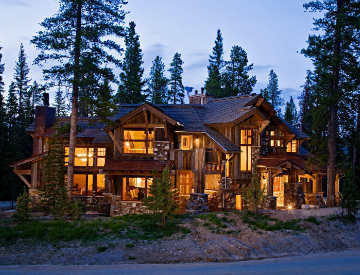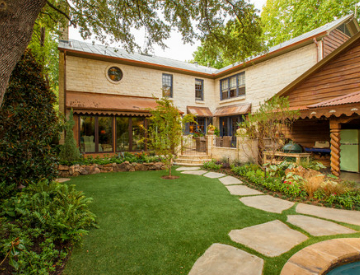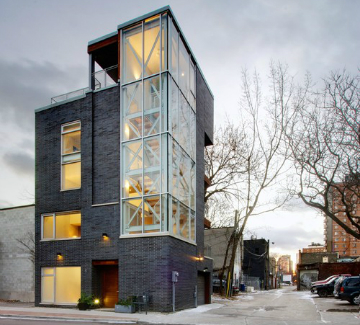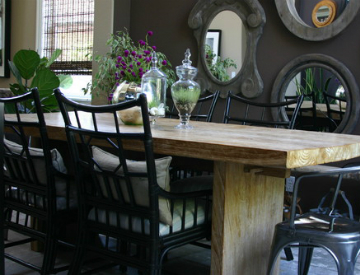
Trust, collaboration, and flexibility are all integral parts to establishing a positive designer-client relationship.
Working with a designer can be a very rewarding experience as long as you realize that the designer-client relationship should be fostered from both sides. The following are a few tips that you should keep in mind in order to strengthen your relationship with your designer:
- Be flexible – Be willing to listen to what your designer has to say – they may suggest you use a different material in order to keep your project under budget. By being flexible, you may be able to spend more on other features.
- Have trust – Trust your designer. If he or she recommends something you are unsure about, give it a chance. For example, if a designer suggests you use a gray color instead of that bold blue you wanted, wait until the designer puts a sample up before drawing a conclusion – trust that your designer knows what he or she is doing.
- Collaborate – Bounce ideas off of your designer. Collaboration usually results in some fantastic ideas that neither you nor your designer may have thought of without one another.
Use these tips in order to foster your designer-client relationship. For more information about working with a designer, be sure to contact us at Trilogy Partners.

















